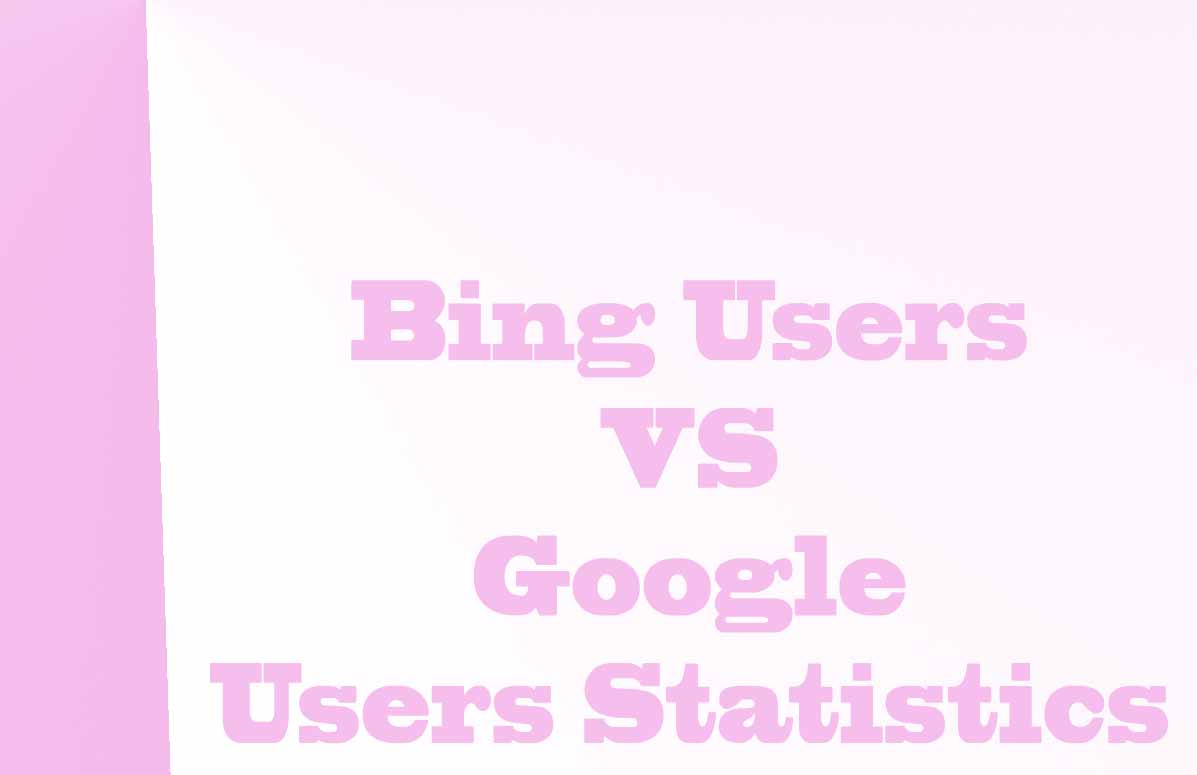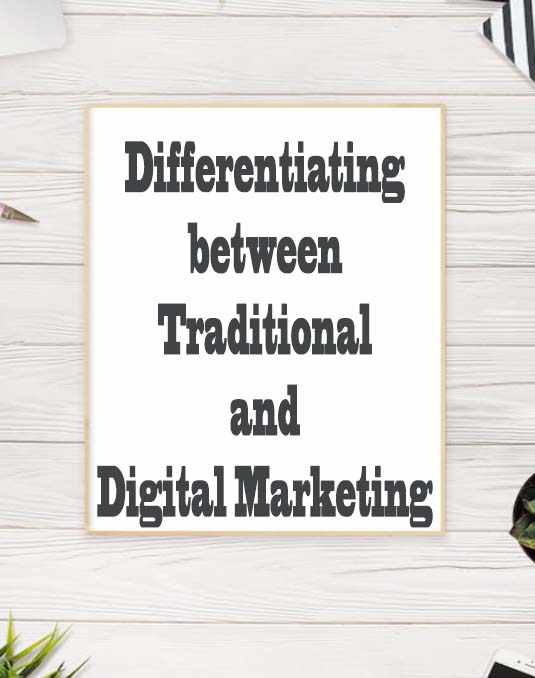
Marketing gender
Marketing is a powerful tool that shapes our perceptions and influences our behavior. One factor that has a significant impact on marketing is gender. Gender stereotypes and norms are often reinforced in advertising, and marketers use gender-based strategies to target specific audiences. However, this approach has been criticized for its negative effects on society.
Gender plays a significant role in marketing, and the use of gender-based strategies can have both positive and negative effects. While gender-based marketing can be effective in targeting specific audiences, it also reinforces traditional gender roles and norms, objectifies women, and excludes non-binary individuals.
To create more inclusive and responsible marketing practices, companies can adopt alternative approaches, such as gender-neutral advertising, inclusive marketing campaigns, and social responsibility. By challenging gender stereotypes and promoting gender equality, companies can create a more positive impact on society.
Role of gender in marketing
Gender plays a significant role in marketing, as advertisers often use gender-based strategies to target specific audiences.
For example, advertisements for cleaning products are often targeted at women, while commercials for cars or technology are geared towards men.
This approach is based on gender stereotypes that assume certain products are more suitable for one gender than the other. These stereotypes are reinforced in advertising, which can have a significant impact on consumer behavior. Studies show that gender-based advertising can influence the way people perceive themselves and others, as well as their purchasing decisions.
While gender-based marketing strategies may be effective in targeting specific audiences, they also reinforce traditional gender roles and norms.
Advertisements often depict women as passive and submissive, while men are portrayed as dominant and powerful. This reinforces the idea that women should be caretakers and men should be breadwinners, which can be harmful to both men and women.
Additionally, women are often objectified in advertising, which can lead to body image issues and low self-esteem.
Finally, non-binary individuals are often excluded from marketing, which can be alienating and discriminatory.
Alternative approaches to create more inclusive and responsible marketing practices
To create more inclusive and responsible marketing practices, companies can adopt alternative approaches to gender in their advertising.
- One approach is to use gender-neutral advertising, which avoids reinforcing gender stereotypes and appeals to a wider audience.
- Another approach is to create inclusive marketing campaigns that recognize and celebrate diverse gender identities.
This can be achieved by featuring people of different genders, including non-binary individuals, in advertising. - Finally, companies can use social responsibility in their marketing to challenge gender norms and promote gender equality.
For example, a company could create a campaign that highlights the importance of women in leadership roles or challenges toxic masculinity.
Gender marketing strategies for the male segment
First of all it must be taken into account that the behavior of the male consumer is predominantly pragmatic.
The man values independence and ease when shopping with him. He is not usually dependent on the care recipient's help unless he asks for it.
Since their purchases are based on what they need from a practical and logical point of view it is more effective to give them very specific information about the product and to explain clearly and directly its objective advantages and to state that the product has a superiority over the to reach others (given its highly competitive nature).
Using the senses in marketing
When it comes to using the senses men buy primarily based on visual stimuli.
You are interested in complex geometric figures but also in graphic stimuli and objects with edges and angles. In addition images depicting or provoking the product associated with sex arouse their interest.
In fact altruistic and imprecise advertising has been found not to deter them leading them to become addicted to advertising for immediate consumption or pleasure.
As for colors brown and green objects have been found to attract more attention in men. Pink or black colors have little attraction for them.So men opt for typically masculine dark colors that are not too light.
When it comes to scents men prefer citrus and natural scents. For this reason it is recommended that the store where your products are stored has odotypes that contain this fragrance class.
Gender marketing strategies for the female segment
If there is one word that can describe consumer behavior it is emotional.
This means that the experience that comes with acquiring the product is given equal importance – or even more – than the actual function it is given. Because of this it's important to highlight the inconvenience that comes with launching an advertising campaign that creates apprehension fear or pressure to buy.
In other words advertising that causes concern should be avoided.
An example of this would be phrases like: "Call now!" "Don't wait any longer!" or "Now or never!"
On the contrary: it is better to target advertising on positive emotions.
Using the senses in marketing
When it comes to the use of the senses when shopping women mainly orient themselves towards olfactory stimuli (preferably fruits and flowers) followed by auditory stimuli.
In addition they were attracted by rounded shapes and warm colors. In this way the colors yellow and orange strongly grab their attention and they ignore the colors brown and black.
It is therefore important that the packaging contains feminine colors in general especially deep tones. It is also recommended that the packaging has a lot of detail as this draws your attention to the product.
On the other hand it has been found that including images showing other people consuming the product encourages purchase. It should be noted that women take pleasure in acquiring new products.
You have excellent language skills (both verbal and non-verbal). In addition, she will likely compare data between the different products to make the decision she feels is most appropriate.
Therefore it is important to include as much data as possible in an orderly manner. The packaging has to collect a lot of information. It also has to be visually appealing through the use of colors and even the use of fruit and flower motifs in the store. It is recommended to play pleasant and relaxing ambient melodies. Intense or repetitive music can draw consumers' attention away from the product.
Women value the opinion of other consumers
Women are a powerful force in the consumer market, and their purchasing behavior is often influenced by the opinions and experiences of other consumers.
Women are known to seek out recommendations and reviews before making a purchase. According to a survey by Influenster, 91% of women trust the opinions of other consumers over advertising and marketing claims. This is because women value the experiences of other consumers, who have firsthand knowledge of a product or service. They often rely on social networks and online communities to gather information about products and services. For example, a woman may ask for recommendations on Facebook or read reviews on Amazon before making a purchase. This shows that women trust the opinions of other consumers more than advertising and marketing claims.
The opinions of other consumers have a significant impact on women's purchasing behavior. Positive reviews and recommendations can increase a woman's likelihood of making a purchase. According to a study by BrightLocal, 91% of women read online reviews before making a purchase. On the other hand, negative reviews can deter women from buying a product. In fact, 84% of women say they have been deterred from buying a product based on negative reviews. Women are also more likely to share their own experiences and recommendations with others, creating a ripple effect of consumer influence. This highlights the importance of consumer opinions in shaping women's purchasing decisions.
Catering to women's desire for community and connection is crucial in marketing efforts. Brands can build trust and loyalty with women by fostering a sense of community and connection among consumers.
For example, Sephora's Beauty Insider program offers exclusive perks and rewards to members, creating a sense of community among beauty enthusiasts.
Encouraging and showcasing user-generated content and reviews can increase engagement and build brand advocacy among women. According to a study by Bazaarvoice, women are more likely to engage with brands that showcase user-generated content. Brands that prioritize ethical and socially responsible practices can also appeal to women's values and strengthen consumer relationships.
For example, TOMS Shoes' "One for One" program, which donates a pair of shoes to a child in need for every pair purchased, has resonated with women who value social responsibility.
Who values discounts more: men or women?
Discounts are a common marketing strategy used by retailers to attract customers and increase sales. However, not all customers value discounts equally. Studies have shown that there are gender differences in how men and women view discounts.
When it comes to shopping, women tend to be more discount-conscious than men. According to a survey conducted by RetailMeNot, women are more likely than men to use coupons and search for deals. In fact, 88% of women reported using coupons compared to 71% of men.
This may be because women are more likely to be responsible for household spending and budgeting, and therefore, are more aware of the importance of saving money.
On the other hand, men are more likely to make impulse purchases without considering discounts, possibly due to prioritizing convenience and time-saving over saving money.
The reasons behind gender differences in discount value can be attributed to societal expectations and gender roles
Women are often expected to be more frugal and budget-conscious, while men are expected to be more impulsive and spontaneous in their spending. These gender norms may influence shopping behaviors and attitudes towards discounts.
Additionally, gender roles may also influence the types of products that men and women purchase.
For example, women may be more likely to purchase household and personal care items, which often have more discounts available, while men may be more likely to purchase electronics or gadgets, which may have fewer discounts available.
The implications of gender differences in discount value are significant for businesses. Retailers can tailor their marketing strategies to appeal to different genders.
For example, offering more coupons and deals for products that women tend to purchase may attract more female customers.
However, gender-based discounting may also lead to stereotypes and reinforce gender inequality.
For example, offering discounts only on household items may reinforce the stereotype that women are responsible for household chores and budgeting, while men are not.
Therefore, it is important for businesses to carefully consider the potential implications of gender-based discounting.
Tips on SEO and Online Business
Next Articles
Previous Articles










